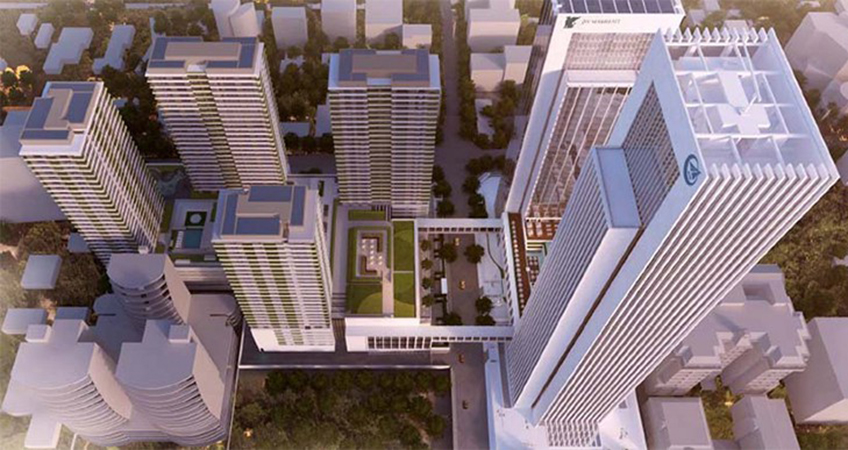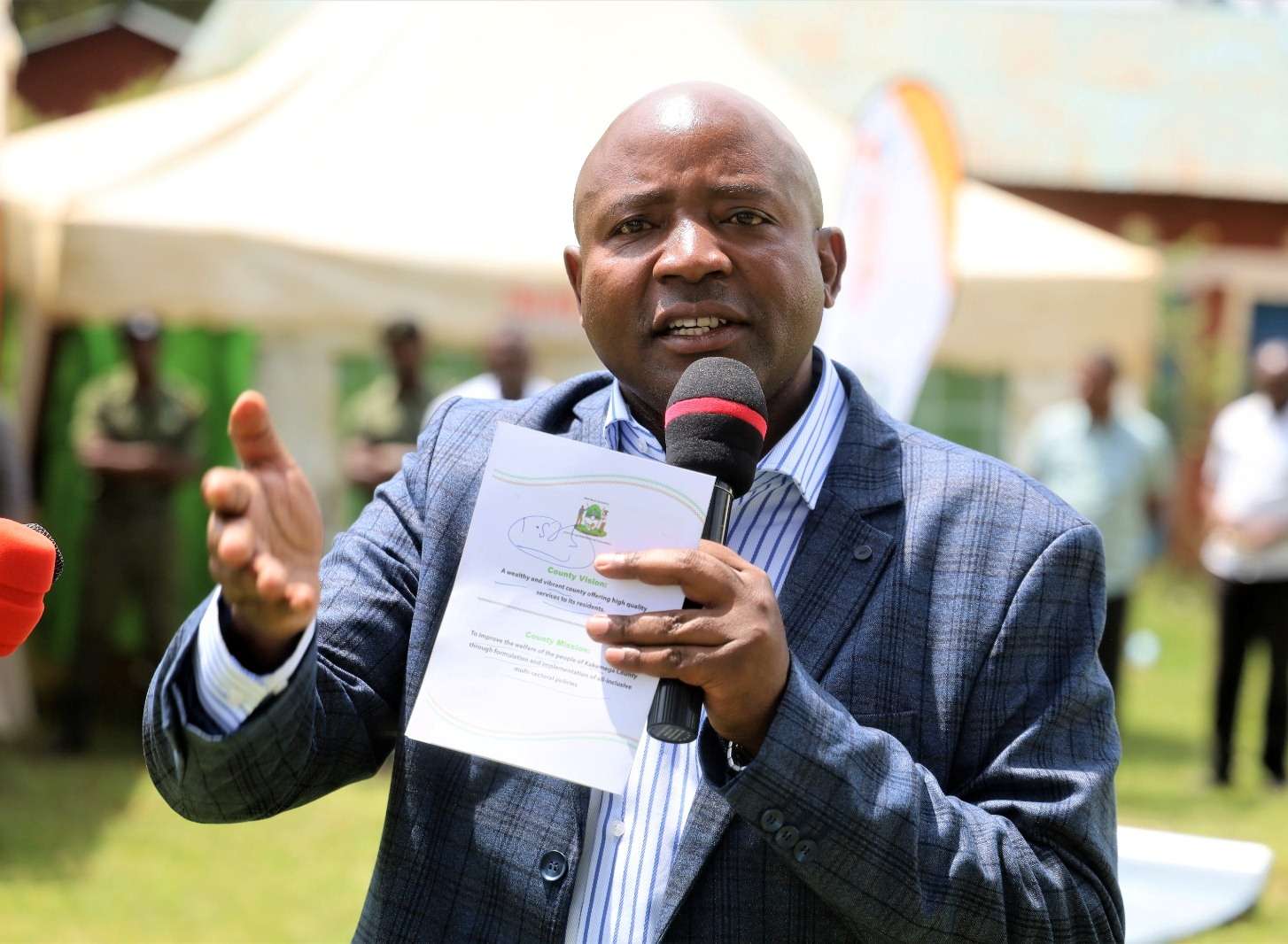By The Weekly Vision Team
Nairobi Governor Johnson Sakaja and his cabinet have extended the mandate of the Taskforce on Building Plan Approvals by an additional 60 days. During this period, the task force will carry out a thorough audit of all buildings constructed in the past two years to ensure they meet approved plans and comply with relevant regulations.
“The Cabinet has approved the Taskforce’s proposed extension of the operational period by an additional sixty (60) days. This extension will provide the necessary scope to comprehensively,” reads the cabinet dispatch. The audit also extends to approved building plans where construction is yet to commence. The task force’s review will also point out any discrepancies, irregularities, or deviations from the approved building plans.

Key challenges include the lack of updated guidelines for plan evaluation and the absence of effective deterrents for regulatory violations. “The task force is working to establish clear criteria for evaluations and strengthen enforcement mechanisms to foster responsible development practices,” reads the cabinet dispatch.
The Taskforce was officially formed on June 12, 2024, and gazetted on July 19, 2024. It comprises members from key agencies including the National Construction Authority (NCA), Architectural Association of Kenya (AAK), Town & County Planners Association of Kenya (TCPAK), Institute of Engineers of Kenya (IEK), Kenya Institute of Planners (KIP), Nairobi City Water and Sewerage Company (NCWSC), National Environment Management Authority (NEMA), and the Institution of Surveyors of Kenya (ISK).
The task force had been given between 30 and 60 days to conclude the process and submit a report for implementation. There is a proposal by Governor Sakaja’s administration, seeking to raise building limits to 15 floors.
This proposal, along with a broader plan to revise zoning regulations, has ignited controversy among stakeholders.
The proposal was opposed by over 26 professional and resident groups in Nairobi. If adopted, the new policy would increase height limits in areas like Kilimani, Kileleshwa, and Muthangari to 15 floors, with the Central Business District potentially reaching 75 floors.
The proposal states that Westlands Central Business District (CBD) and Westlands Museum Hill and the surrounding areas have been classified under zone three with a limit of 30 floors. In the new policy, areas in the Central Business District, including Haile Selassie, University Way, Uhuru Highway, and Tom Mboya Street, will be classified as zone one with a floor limit of 75 floors, while areas surrounding the newly launched Railway City will have a limit of 50 floors.
Valley Road, Uhuru Highway, Dennis Pritt Road, Ralph Bunche Road, and State House Road will also be limited to 75 floors. Others with a similar limit include Ngong Road, Hospital Road, Upperhill Link Road, Mbagathi Way, Argwings Kodhek Road, and Ralph Bunche Road.
Eastleigh, Pumwani, and Ziwani are classified under zone 2 with a limit of 25 floors, while Riverside, Parklands, and City Park are classified under zone 3c with a limit of 20 floors. Areas in Zone Six are those located in Muthaiga, Spring Valley, and those surrounding Karura Forest. Nairobi River, Mathare River, Juja Road, and Outer Ring Road have been classified as zone 7 with a limit of five floors.
It also includes areas such as Kariobang, Korogocho, and Dandora. The proposal is under review by the Nairobi City County Assembly’s Planning Committee, marking yet another attempt to revisit regulations unchanged since 2004.





